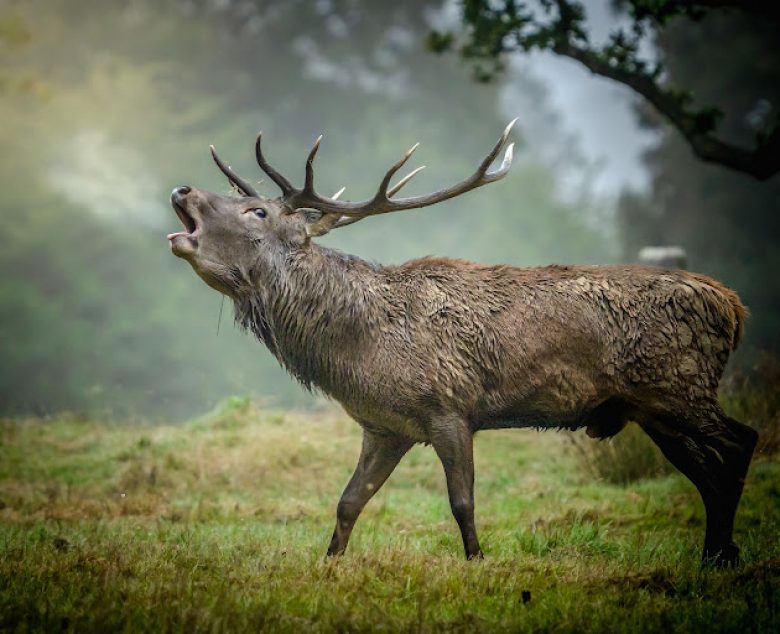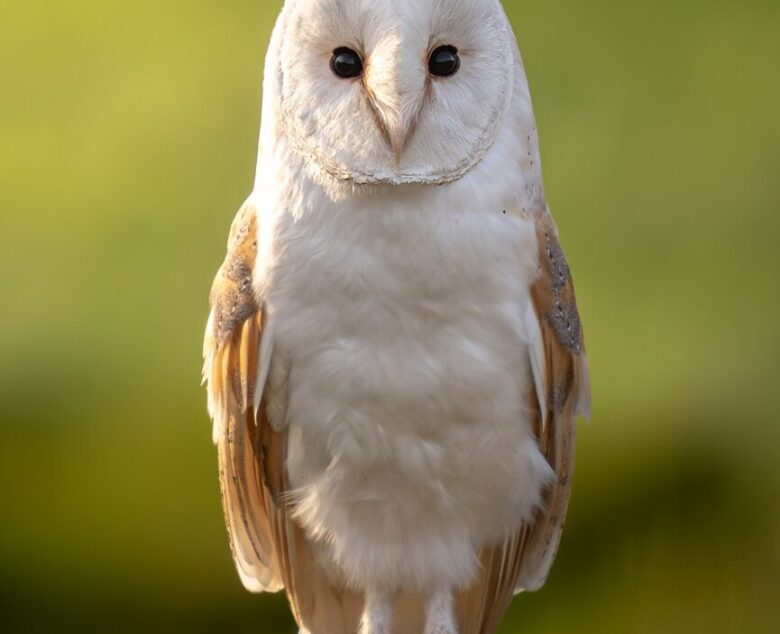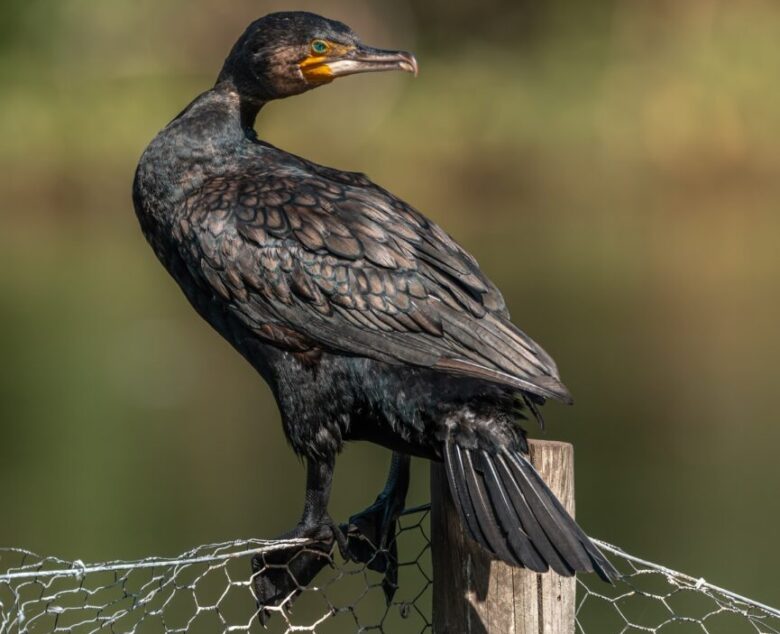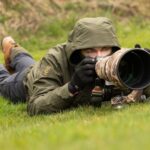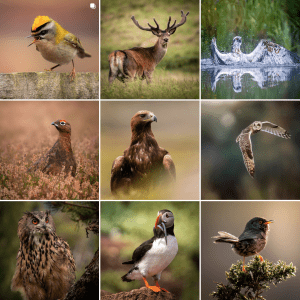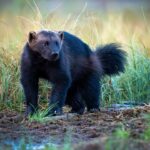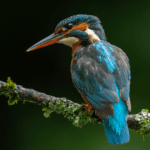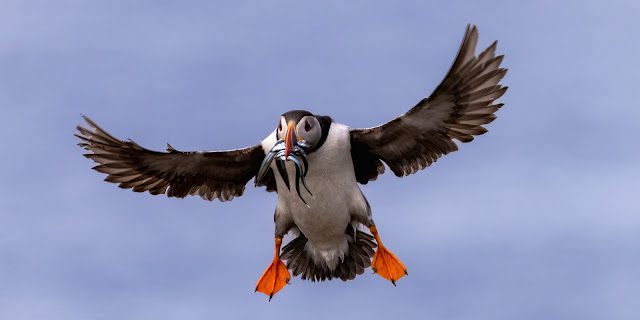
Where to Photograph Atlantic Puffins in the UK
Atlantic puffin (Fratercula artica) GB Population 580,000 pairs
Length 26-29cm Wingspan 53cm Weight 310-550g Lifespan upto 30 years
“I will never forget getting my first photo of a Puffin at Bempton Cliffs in Yorkshire and how it elevated my passion for wildlife photography and travelling the country to discover more birds and animals to photograph.”
Also known as the sea parrot, this magical looking character of a bird is also truly fascinating. Puffins spend most of their lives out at sea, battling storm tossed seas throughout autumn and winter, landing on coastal islands in the spring and summer to form huge breeding colonies. The Atlantic puffin that visits the coast of Great Britain is one of three puffin species. The other two species are the tufted puffin (Fratercula cirrhata) and the horned puffin (Fratercula corniculata).
Puffins are carnivores and eat small fish such as herring or the iconic sand eels they bring back to the nest for the young. The “Pufflings” or chicks will remain in the burrow below ground for six weeks before heading out to sea in the dark of the night to avoid predators waiting outside the nest. Breeding age is usually 4 or 5 years old and they can live for 30 years!
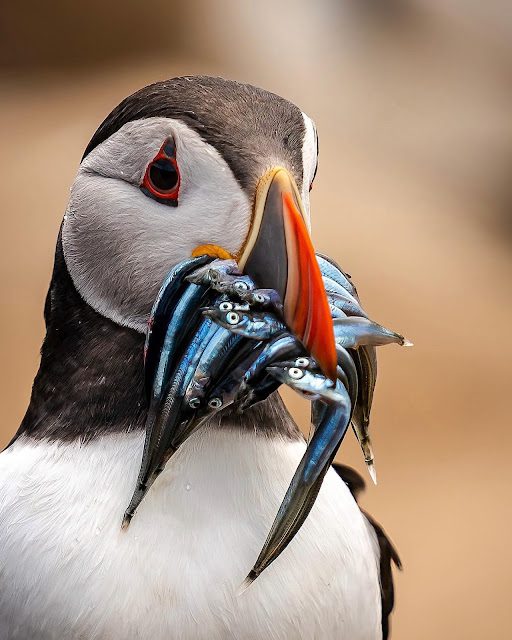
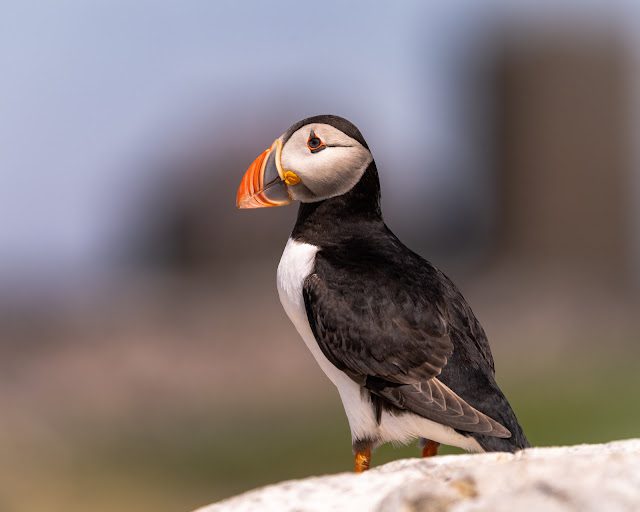
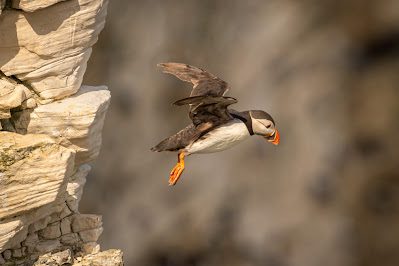
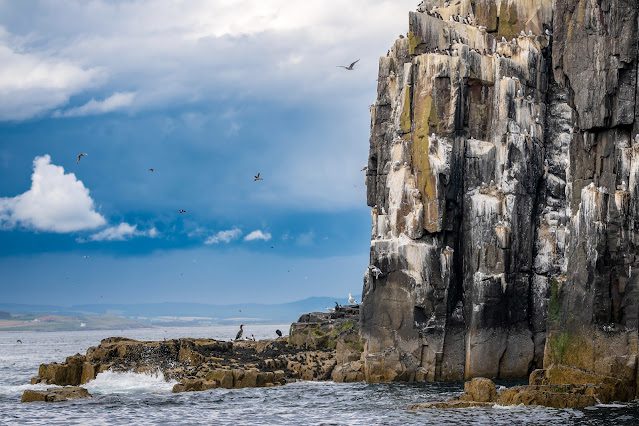
It can be disappointing if you go there just for the Puffins because you might not see any, sometimes the cliffs are so hectic with all the other birds like Gannets and Razorbills that the Puffins tend to stay away or you just don’t notice them on the cliffs. It’s a bit like that book “Where’s Wally?” trying to pick them out from thousands of birds on the cliffs. Usually you’ll find out when one is spotted (by other photographers or RSPB staff) . Also bare in mind, at Bempton, you have a downward angle on most of the puffins you do find, so its difficult to get a nice portrait shot and I would say 500mm-600mm lens is the minimum requirement.
Personally I love the Farne Islands in Northumberland. I’m a Geordie originally and I have lots of childhood memories and family in Northumberland so it makes an even more special trip for me. You also have Bamburgh Castle nearby if you enjoy your Landscape photography. This year I went at the end of May to Bempton and saw only two Puffins, then I went to the Farne islands at the end of June and it was perfect timing, sadly the day after I was there the island was closed to the public due to a Bird Flu outbreak.
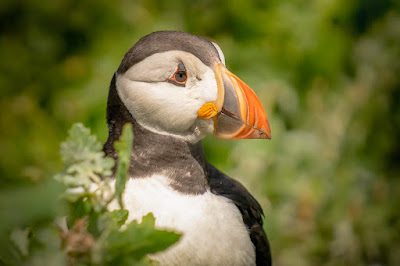
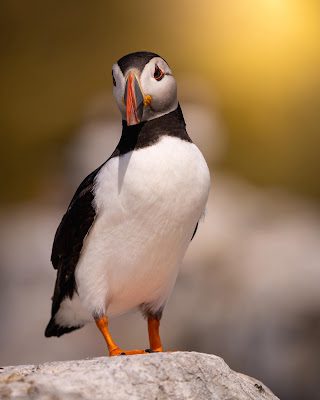
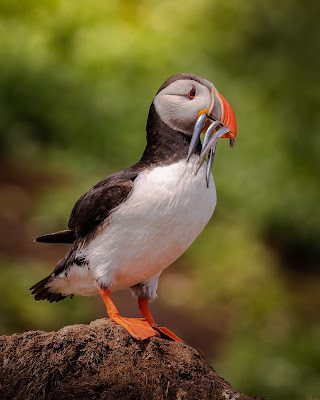
What’s in my kit bag?

If you have anything to add or ask me please use the comments below!
You may also like
Photographing Red Deer In Great Britain
Silent Hunter – Photographing the Barn Owl
Ancient Silhouettes – Photographing the Cormorant
Featured Posts
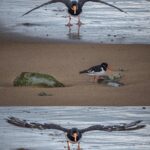
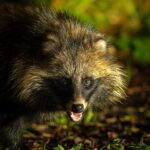
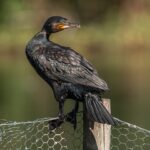
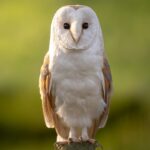
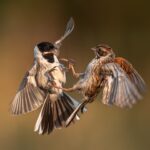
GET SOCIAL
INSTAGRAM
@paulbrowning.photography
@snowboard.paul
@macro.paul
TWITTER
@paul__browning_
FACEBOOK
@PaulBrowningPhotography
@snowboardpaul
@macro.paul.surrey
Get in Touch
GET SOCIAL
INSTAGRAM
@paulbrowning.photography
@snowboard.paul
@macro.paul
TWITTER
@paul__browning_
FACEBOOK
@PaulBrowningPhotography
@snowboardpaul
@macro.paul.surrey
